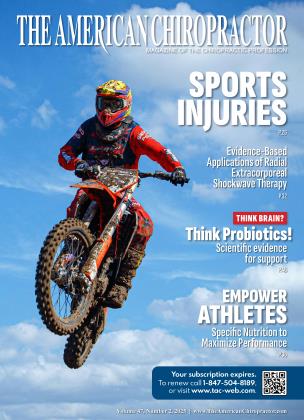Hand grip strength is a common measure of muscular strength that has recently emerged as a potential indicator of balance and postural stability. Studies indicate a surprising correlation between grip strength and balance performance, suggesting that simple grip assessments could play a valuable role in screening for balance-related risks, especially in older adults.
Research has shown that hand grip strength is closely related to various physical abilities, including balance and lower body strength. For instance, a study published in PLOS One highlighted how age-related declines in grip strength often parallel declines in balance and gait stability.1
Grip strength is a marker of overall muscle health and function, reflecting neuromuscular efficiency that impacts balance and coordination. When grip strength declines, it may indicate weaknesses elsewhere in the body, potentially leading to a compromised ability to maintain stable, safe movement patterns.
Additionally, studies such as the one by Palmer and colleagues on older women found a significant association between lower grip strength and diminished postural balance, which is essential for daily mobility and fall prevention.4 These findings highlight how grip strength assessment could provide chiropractors with an accessible, noninvasive method to evaluate patients’ balance and fall risk.
By incorporating grip strength testing into balance assessments, chiropractors can gain a more comprehensive view of a patient’s functional stability. This insight allows for tailored intervention strategies, such as strengthening exercises that target both grip and lower body stability. When utilized as part of an overall balance assessment, hand grip strength testing supports proactive care and can help identify early signs of declining physical function, ultimately assisting patients in maintaining their independence and reducing fall-related risks.
Dr. Moe Pisciottano is the CEO of the Pro-Adjuster Group and has been a practicing chiropractor in Pittsburgh, Pennsylvania, for 35 years. Dr. Pisciottano is the first and only chiropractor to receive the coveted Ernst and Young Entrepreneur of the Year award. To learn more, visit www.learnproadjuster com.
1. Rezaei A, Bhat SG, Cheng CH, Pignolo RJ, Lu L, Kaufman KR. Age-related changes in gait, balance, and strength parameters: A cross-sectional study. PLOS One. 2024 Oct 23;19(10):e0310764. doi: 10.1371/joumal. pone.0310764. PMID: 39441815; PMCID: PMC11498712.
2. Alonso AC, Ribeiro SM, Luna NMS, Peterson MD, Bocalini DS, Serra MM, Brech GC, Greve JMD, Garcez-Leme LE. Association between handgrip strength, balance, and knee flexion/extension strength in older adults. PLOS One. 2018 Jun l;13(6):e0198185. doi: 10.1371/joumal. pone.0198185. PMID: 29856802; PMCID: PMC5983424.
3. Wisniowska-Szurlej A, Cwirlej-Sozahska A, Woloszyn N, Sozahski B, Wilmowska-Pietmszyhska A. Association between handgrip strength, mobility, leg strength, flexibility, and postural balance in older adults under long-term care facilities. Biomed Res Int. 2019 Sep 23;2019:1042834. doi: 10.1155/2019/1042834. PMID: 31662962; PMCID: PMC6778940.
4. Palmer TB, Maurya PS, Sisneros KP, Palmer BM. Can handgrip strength measurements predict postural balance performance in older women? JMusculoskelel Neuronal Interact. 2023 Mar 1 ;23(l):36-42. PMID: 36856098; PMCID: PMC9976185
NEW PODCAST EPISODES
Find the latest TAC Tic Talk podcast with Dr. Moe Pisciottano at www.tic-talk.net.
 View Full Issue
View Full Issue






